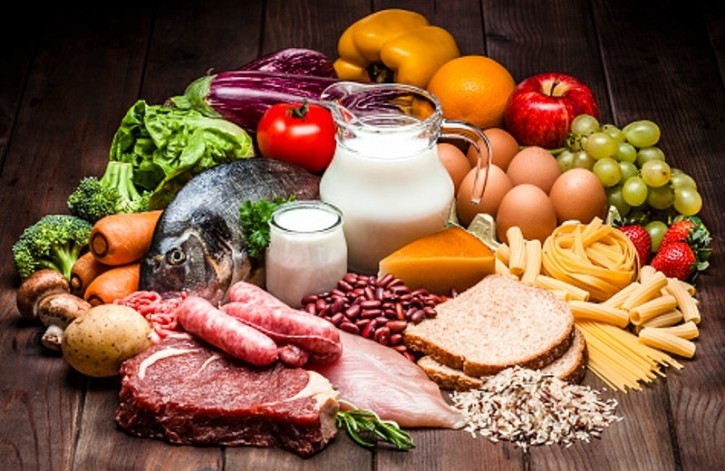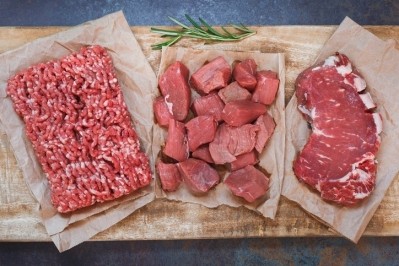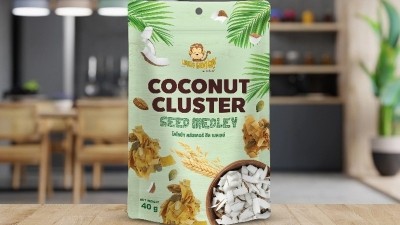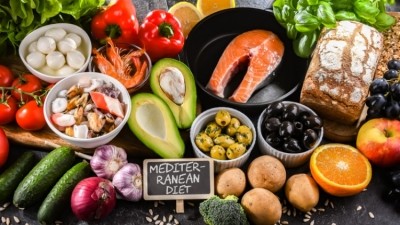People potential: Vietnam eyes increased food trade opportunities with China

Vietnam has had a long history of success in fruit and vegetable exports, with recent government data revealing that this reached a record high of US$5.69bn in 2023, which was a 69.2% year-on-year increase from the year before.
One of its major trade partners in this sector is China, which imports many such items including sweet potatoes, dragonfruit, lychee, longan, mango, jackfruit, watermelon, banana, rambutan, lychee, passionfruit and durian.
“The Ministry of Agriculture and Rural Development (MARD) is coordinating with the General Administration of Customs of China (GACC) to complete market access filings for more products this year,” MARD stated via a formal statement.
“This will include fruits such as mangoes, coconuts, frozen durians, and chili, all of which are produced in large quantities in Vietnam and if a trade route is opened with China will definitely further boost production and turnover in the near future.”
The Vietnamese fruit and vegetable export sector has set a US$6.5bn turnover target for 2024, which the government considers only a milestone towards its ultimate US$10bn target.
However, this is not the only area in which Vietnam hopes to open up trade with China – it has even higher hopes when it comes to various types and formats of meat products.
“Vietnam has not yet received official export permits of meat and related products to China, so thus far these have only made up some 1% of the entire agriculture, forestry and aquatic products export value,” MARD Deputy Minister Tran Thanh Nam said via a separate statement.
“With a market of 1.4 billion people, China's consumer demand for meat products is up to about US$400bn per year, so the potential of exporting meat from Vietnam to China is actually many times higher than that of vegetables and fruits.
“We hope for these products to move up and join the list of products that have billion-dollar export value in the future, so definitely are looking to sign a protocol on poultry export and negotiate one on pork export to China as soon as possible.”
Such protocols would greatly improve Vietnam’s prospects of entering the vast Chinese meat industry, as at present its pork, chicken, beef and buffalo meat exports do not have any official quotas and tend to face more stringent inspections and controls at the Chinese border.
At present, the only two animal-based products Vietnam exports to China based on official trade protocols are bird’s nest and milk – the latter especially has caused Vietnamese dairy exports to China to grow rapidly since it was signed in 2019.
“Vietnam fresh milk exports in 2023 grew by 170% compared to 2022, reaching US$204mn,” stated data from the Vietnamese Department of Livestock Production.
“In particular, fresh milk exports to China skyrocketed from US$48mn in 2022 to US$123m in 2023.”
Adaptation and growth
One of the major reasons that Vietnam is hoping to boost its food industry exports to China is in hopes on tapping on the latter’s large population base to achieve significant growth amidst the global economic downturn.
This was highlighted by MARD Minister Le Minh Hoan in a top-level conference, who also called for greater acceptance of modern technology in order to adapt to a changing food system.
“The Vietnamese agri-food sector has managed to overcome many headwinds and achieve many results through a period of turmoil – we are now developing in the direction of adapting to climate change, adapting to green consumption, and green growth,” Le said.
“Vietnam is committed to being a responsible country in the world food system, positioning itself as a highly regarded country in the global agricultural industry and in 2024 we will continue to overcome more headwinds [and] apply new technologies to improve executive management and market expansion of this industry.”



















